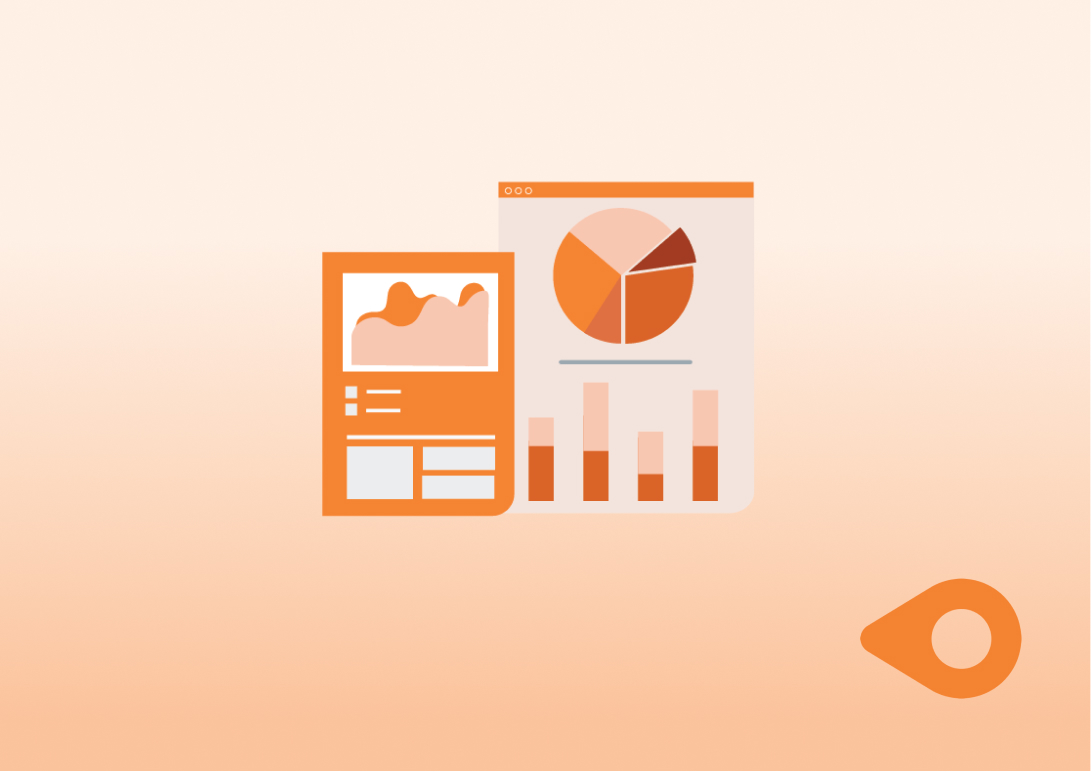
Moving data from an on-premise environment to the cloud can be a complex process with several challenges that need to be addressed. Here are some key challenges to consider:
- Data security: One of the main challenges of moving data to the cloud is ensuring data security. The data must be protected from unauthorized access during transit and at rest in the cloud. In addition, there must be measures in place to ensure data privacy and compliance with regulations.
- Data integration: Data integration can be challenging when moving data from an on-premise environment to the cloud. The data may be stored in different formats, and it may be difficult to integrate the data with other systems in the cloud.
- Data latency: Data latency can be an issue when moving data to the cloud. The distance between the on-premise environment and the cloud can cause delays in data transmission, which can impact application performance.
- Data governance: When moving data to the cloud, it is important to maintain policies to ensure data is used appropriately. This can include access controls, auditing, and compliance monitoring.
How Data Fabric Addresses Challenges in Moving Data to the Cloud
Data fabric can help address these challenges by providing a unified, virtualized view of the data that spans both on-premise and cloud environments. Data fabric enables data to be accessed and integrated from multiple sources, regardless of where the data is stored. This can help address data integration challenges by providing a single view of the data, regardless of where it is stored. In addition, data fabric can help address data latency challenges by caching frequently accessed data in memory, reducing the need to access the data across the network.
Data fabric also provides a layer of abstraction that can help address data security and governance challenges. The data can be protected and managed in a consistent way, regardless of where it is stored. This can help ensure data security and compliance with regulations.
Real-world examples
here are some real-world examples of how data fabric is being used to address the challenges of moving data from on-premise environments to the cloud:
- Financial services: A global bank wanted to move their data from an on-premise environment to the cloud to reduce costs and improve scalability. However, they faced challenges with data integration and security. By using a data fabric platform, the bank was able to create a unified view of their data that spanned both environments, enabling them to easily move their data to the cloud while maintaining data security and compliance.
- Healthcare: A healthcare provider wanted to move their data to the cloud to improve collaboration and analytics. However, they faced challenges with data latency and governance. By using a data fabric platform, the provider was able to create a unified view of their data that spanned both on-premise and cloud environments, enabling them to access their data in real-time and maintain data governance policies across both environments.
- Retail: A large retailer wanted to move their data to the cloud to improve customer insights and personalization. However, they faced challenges with data integration and latency. By using a data fabric platform, the retailer was able to create a unified view of their data that spanned both environments, enabling them to easily integrate their data and access it in real-time, improving their customer insights and personalization capabilities.
- Manufacturing: A manufacturer wanted to move their data to the cloud to improve supply chain management and analytics. However, they faced challenges with data integration and security. By using a data fabric platform, the manufacturer was able to create a unified view of their data that spanned both environments, enabling them to easily integrate their data and maintain data security and compliance policies.
No reproduction without permission, please indicate the source if authorized.
 Canner
Canner